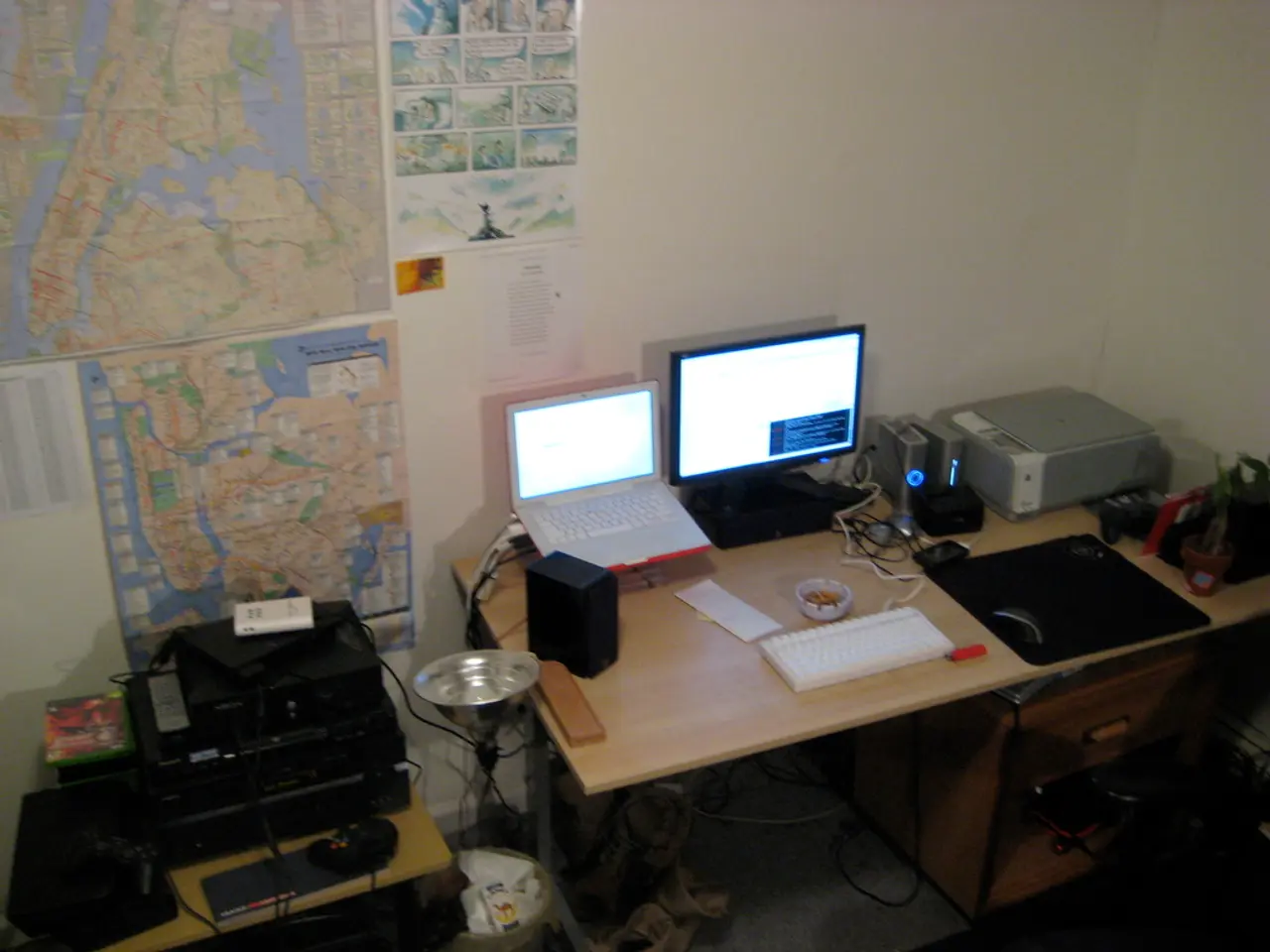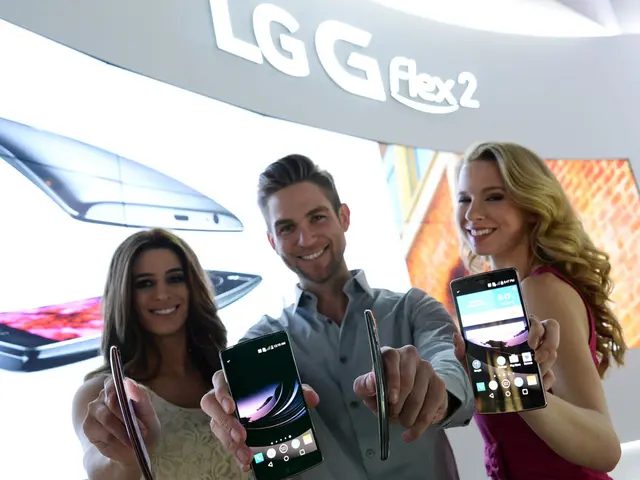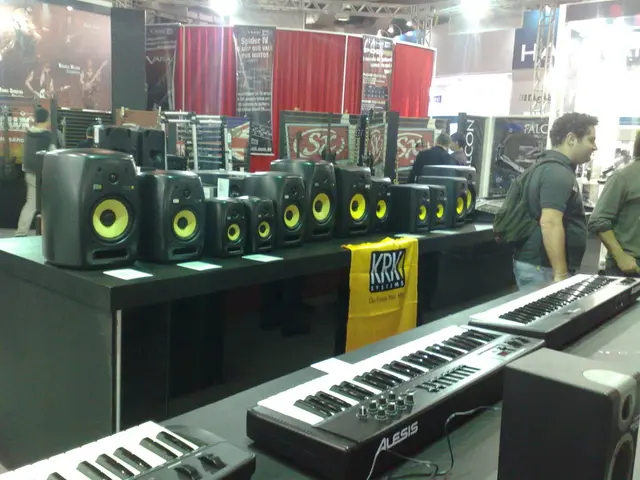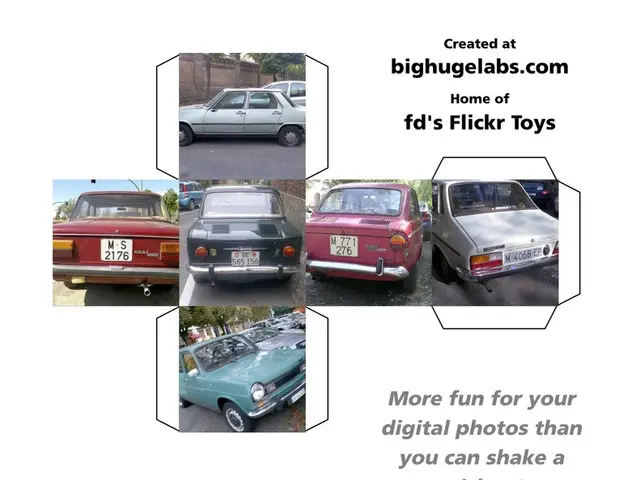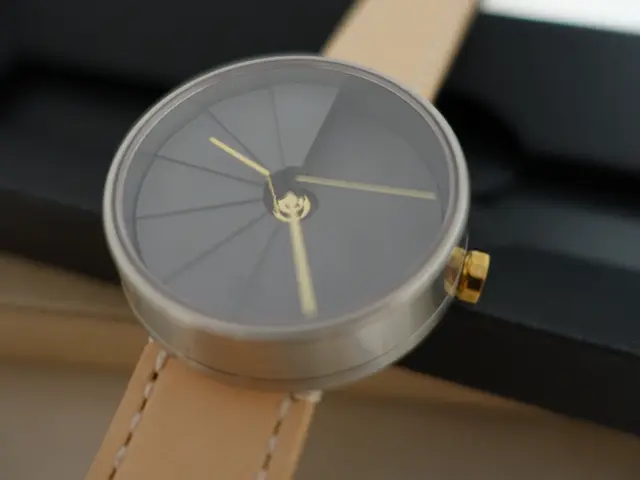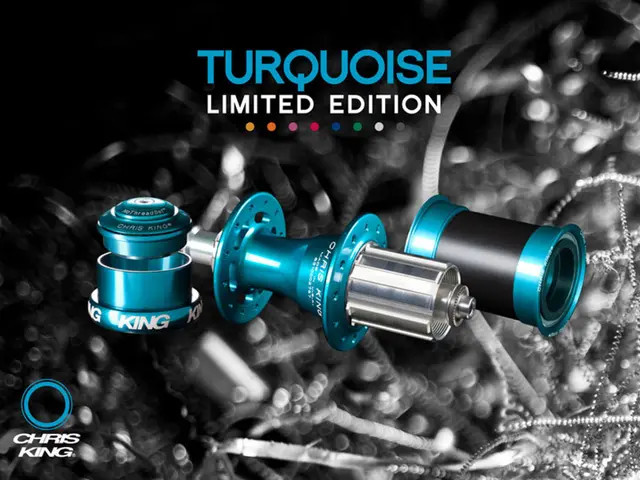Retail's Tech Revolution: Zalando's 'Spotify of Fashion' to In-Store AR
The retail landscape is evolving rapidly, with tech-savvy consumers driving demand for innovative shopping experiences. Zalando, for instance, is aiming to become the 'Spotify of fashion', while John Lewis & Partners is exploring robotics in farming. Meanwhile, the second-hand clothes sector is flourishing due to digital marketplaces.
Successful retailers are harnessing technology to expand their offerings and experiences across various touchpoints. They are hiring tech experts to drive digital transformation, as seen with Shopify's 1,300 tech engineers and Tesco's appointment of an Airbus CTO as their new tech lead.
Consumers now expect seamless online navigation, swift checkout processes, and easy capture of address and personal details. In-store, they want tech to eliminate queues, with self-checkout and 'scan and go' options being top priorities.
Forward-thinking retailers are embracing diverse experiences and channels to cater to a fragmented market. This includes in-car purchases, in-flight shopping, AR-guided store navigation, and lifestyle-focused services like concierge apps.
Trends driving tech adoption in 2020 include personalized shopping experiences, fast and frictionless interactions, and automation of labor-intensive tasks. Leading retailers are increasingly adopting technology to transform their businesses, with technology being the key driver for pushing boundaries in offerings and experiences.
Customers currently desire technologies that create personalized, convenient, and fast shopping experiences. These include AI-driven product recommendations, augmented reality for virtual try-ons, mobile payment solutions, contactless payment, digital shelf sensors, and self-checkout apps. By blending digital and physical retail elements, these technologies offer seamless shopping experiences, driving the future of retail.
Read also:
- Revised Bonus Écologique Boosts French EV Market Share to 63.97%
- Ford Discontinues Popular Top-Seller in Staggering Shift, Labeled as a "Model T Event"
- 2025 Witnesses a 27% Surge in Worldwide Electric Vehicle Sales, Despite Opposition to Electrification Policies in the U.S.
- Summarized Report: Insights from the Realm of Transportation
